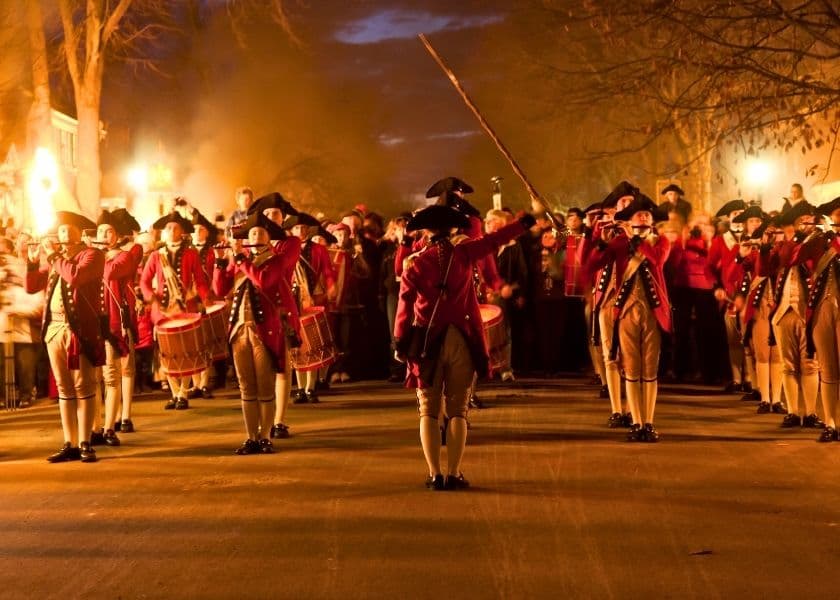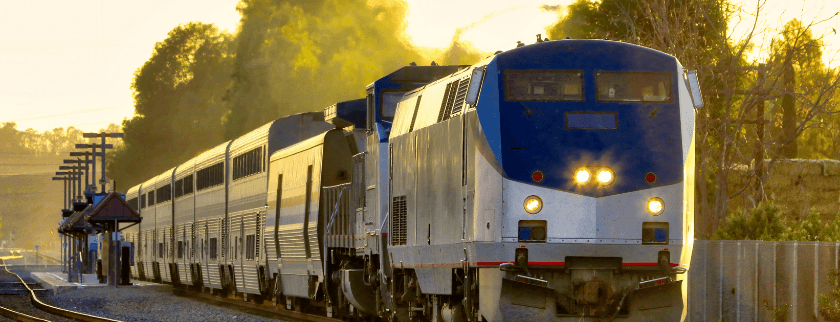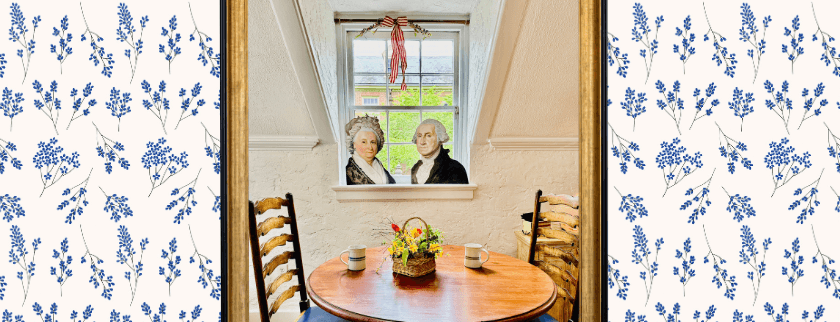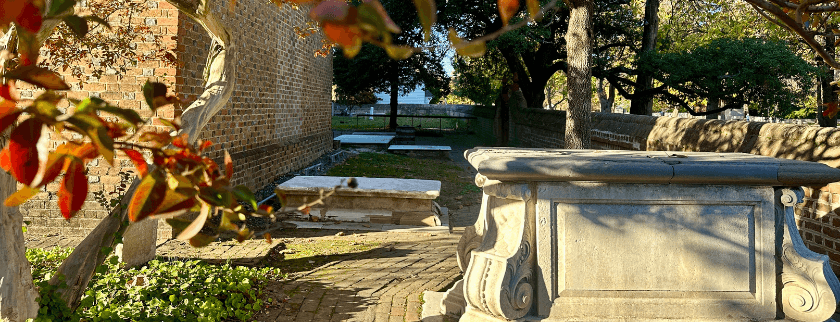Blog
Content that matters
Williamsburg’s Culinary Scene and Special Events During the Holidays
For over 250 years, the holiday season has been one of the most delightful and celebratory times of year in Williamsburg – festive lights line the historic area’s colonial streets, … Read more
What To Do During the Holidays in Williamsburg, Virginia
As autumn leaves fall along our quaint tree-lined streets and the air takes on a winter crispness, the holiday season shifts into gear in Williamsburg.
Here are some of the season's best … Read more
Looking for a budget-friendly, fun getaway from the D.C. or Northern Virginia area?
Amtrak's Northeast Regional runs multiple times a day direct from the Washington Union Station to the Williamsburg Transportation Center, for as little as $20 a ticke… Read more
What is there to do in Williamsburg, VA for couples?
It’s a great question, and we are here to help guide you in planning the perfect special experience, unique to YOU and your special someone.
So without further ado, here are some date ideas f… Read more
We’re giving you the scoop on the best ghost tours in Williamsburg, Virginia, below — but first, the essential question:
Is Colonial Williamsburg haunted?
If you believe in ghosts, Williamsburg is the place to come searching for them.&nb… Read more
Though we love Williamsburg Premium Outlets as much as anyone, we also know where to shop in Williamsburg, where you can bring home some truly unique finds.
So, without further ado, here are five of our favorite spots to shop in Williamsburg… all wi… Read more
Plan for at Least Four Days To See It All
With its rich colonial history, William and Mary’s scenic campus, beautiful waterways, cultural events throughout the year, and a culinary scene just outside our door, plan to stay at least a few nights with … Read more
Along with Colonial Williamsburg‘s authentic taverns, artisan trade shops, and 17th-century architecture, Williamsburg carriage rides allow you to travel back in time. The sound of clattering hooves sets the scene as an interpretive guide leads your … Read more
Visit Where the American Revolution Was Fought and Won
In the fall of 1781, just 14 miles from the current-day location of our Williamsburg bed and breakfast, the Battle of Yorktown decided the fate of the American Revolution, putting the final stamp… Read more
The school year has started and there's a cool breeze rushing through Williamsburg. That's right, the fall season is upon us!
We look forward to this time every year, as the weather is ideal for fun outdoor events. We've compiled 5 must-see fall… Read more




